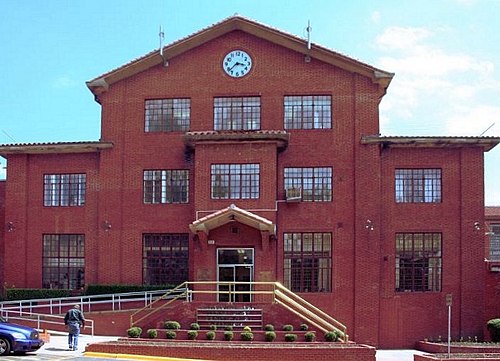
On December 7, 1982, Charles Brooks, Jr. became the first person in the history of the United States to be executed by lethal injection. This method of execution, considered more humane than the electric chair or gas chamber, was adopted by Texas in 1977, following the reinstatement of the death penalty in the United States in 1976.
Charles Brooks, Jr. was an American murderer born on September 1, 1942, in Fort Worth, Texas. He had been sentenced to death for the murder, on December 14, 1976, of a 26-year-old mechanic named David Gregory, whom he killed to steal the car Gregory was offering to sell. Brooks and his accomplice, Woody Loudres, lured Gregory to a motel, where they bound, gagged, and shot him in the head. They then took the car, a Plymouth Volare, and sold it to a fence.
Brooks was arrested the next day after being identified by the fence. He confessed to the crime but claimed that Loudres had fired the fatal shot. Loudres, on the other hand, accused Brooks. The two men were tried separately, and Brooks was found guilty and sentenced to death, while Loudres received a life sentence.
Brooks appealed his conviction, citing issues such as his court-appointed lawyer's incompetence, biased jury, and the cruel and unusual nature of lethal injection as a method of execution. His appeals were rejected by various judicial bodies, including the United States Supreme Court, which refused to review his case.
On December 7, 1982, at 6:34 p.m., Brooks was taken to the execution chamber at the Huntsville Unit in Huntsville, Texas. He was strapped to a table, and three syringes were inserted into his veins. The first contained thiopental, an anesthetic, the second contained pancuronium bromide, a muscle relaxant, and the third contained potassium chloride, a substance that stops the heart. Brooks uttered his final words to his family and friends: "I love you all. I forgive you all. May God bless and keep you." He then lost consciousness and was declared dead at 6:40 p.m.
Brooks's execution elicited numerous reactions both in the United States and abroad. Opponents of the death penalty denounced it as a human rights violation and organized protests and vigils. Supporters of the death penalty hailed it as justice served and emphasized the suffering of the victim and his family. Texas Governor Bill Clements stated that the execution was "an act of justice, not vengeance."
Since Brooks's execution, over 1,500 people have been executed by lethal injection in the United States, with more than 500 in Texas alone. Lethal injection has become the most common method of execution in the country, although it has been challenged several times due to drug shortages, botched procedures, and instances of condemned individuals experiencing suffering. In 2015, the United States Supreme Court affirmed the constitutionality of lethal injection while acknowledging that it is not without risks.
Charles Brooks, Jr. will remain in history as the first person executed by lethal injection in the United States, as well as a symbol of an ongoing debate that continues to divide American society on the death penalty.
Wikinaut, CC BY 2.0, https://en.wikipedia.org/wiki/File:HuntsvilleUnitHuntsvilleTX.jpg


0 comments: